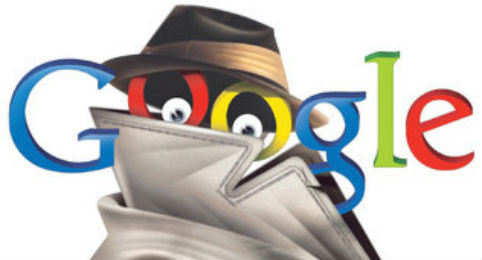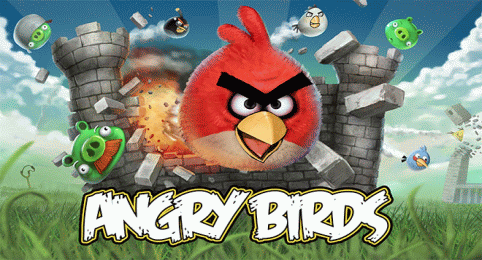The rise of the consumer-friendly internet has given wings to some really amazing services to help a small business. In some cases, these projects never would have left the ground if it weren’t for services like Etsy, Kickstarter, and Indiegogo. The hobbyist-turned-business-owner has a lot to deal with, in order to keep costs down and still enjoy what it is you were doing as a hobby in the first place. The one constant issue that faces most of these businesses is the need to be an expert photographer. A product on Etsy that was photographed with an old phone isn’t nearly as likely to get as much attention as the product that was shot with a decent camera in a proper lightbox. Cameras are expensive, and using one isn’t always easy. HP hopes that their new TopShot scanners will fill a need here. We tested this tech on their new Laserjet Pro M275 printer.

The TopShot scanner looks a whole lot like a webcam embedded on a plastic arm with some LEDs on either side. The Arm isn’t particularly solid or sturdy feeling, unless it is locked into its fully extended or fully closed positions. The plastic arm has a magnetic latch to hold it down when it is not in use, so there’s less chance for an accident to happen.
When you are ready to take a shot, you simply raise the arm and place your item underneath it, on the white scanning bed. When taking a picture of a 3D object, the TopShot will take three separate pictures, each with a different configuration of the LEDs. The HP software then takes the best of those three shots and can either deliver it to your PC, or print the picture on the laser printer below.
When testing the TopShot’s ability to take pictures of 3D objects, I found that the items could really only fit in a 6 x 6 x 6-inch square underneath the camera in order for a good shot to be taken. If the item was too long or too close to the camera, the images wouldn’t be useful. If your object cast a significant shadow due to its shape, you’ll need to edit the shadow out manually for the shot to be useful.
Despite being designed for 3D items, the TopShot is still a very capable image and document scanner. The lack of a paper feeder means you’ll be moving papers one at a time to scan them, but the document quality and image quality were both very high, and still supported features like saving to PDF. Of the more useful features added to the TopShot was the ability to save an image or document you have scanned straight to Google Docs, allowing you to share something you have scanned almost instantly with a group if you have Docs setup.
As a laserjet printer, the HP M275 did a great job. The touchscreen on the front of the device is a little flimsy, but allows you to quickly connect to a wireless network and start printing immediately after installing the driver CD on your computer. The M275 is a Google Cloud Print device, so if the printer is on a home or work network you can share the printer with anyone through this service, instead of passing around the install CD.
The HP TopShot M275 will run you about $320, which really helps seal this printer into a niche market. It’s more expensive than the average color laser printer, without offering enough functionality to be as useful as a traditional laser printer with a scanner. Plus, it uses four separate toner cartridges, none of which are particularly large. Replacing all of the toner in this machine in one shot will cost you about $70. The TopShot is much cheaper, however, than a nice camera and some photography lessons which would make it great for any small hobby business.



















 Subscribe
Subscribe
 Follow Us!
Follow Us!
 Be Our Fan
Be Our Fan




















